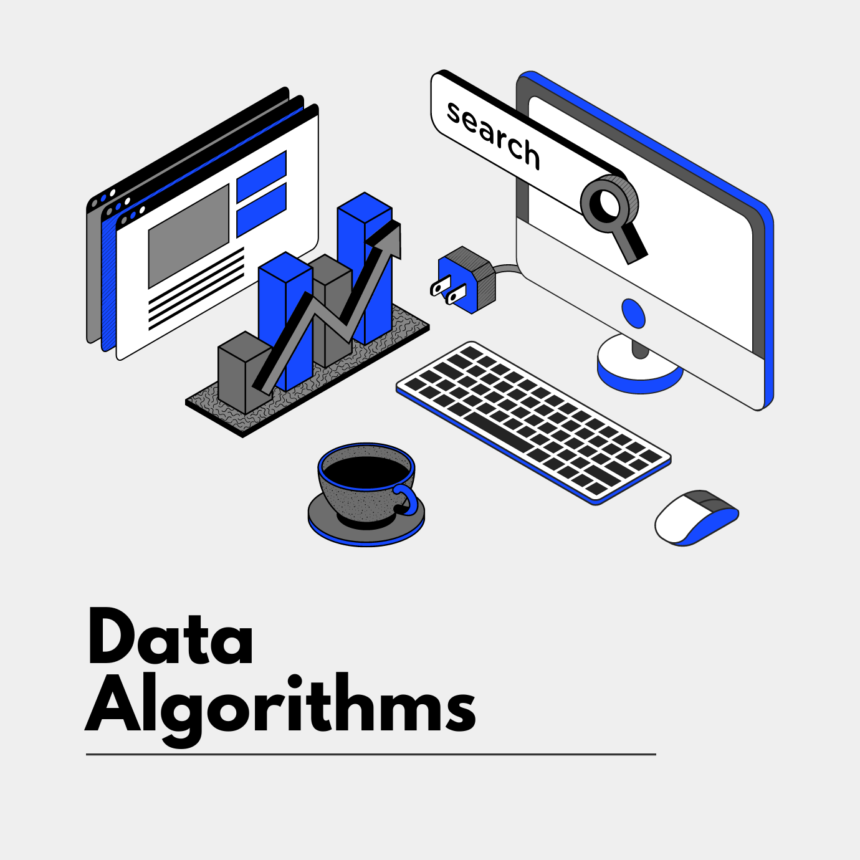Big data algorithms are specifically designed to handle and process massive datasets that are too large and complex for traditional data processing techniques. These algorithms enable organizations to extract valuable insights, uncover patterns, and make data-driven decisions. Let’s explore how big data algorithms tackle the challenges of handling and processing massive data sets:
1. Distributed Computing: Big data algorithms leverage distributed computing frameworks such as Apache Hadoop and Apache Spark to process data in parallel across a cluster of computers. These frameworks divide the data into smaller chunks and distribute them across multiple nodes, allowing for efficient and scalable processing of large volumes of data.
2. MapReduce: MapReduce is a programming model commonly used in big data algorithms. It involves two main stages: the “Map” stage, where data is processed and transformed in parallel across multiple nodes, and the “Reduce” stage, where the results from the Map stage are aggregated and combined to produce the final output. MapReduce enables efficient processing of large-scale datasets by distributing the workload across multiple nodes.
3. Data Partitioning: Big data algorithms employ techniques to partition data across nodes based on specific criteria. This partitioning allows for parallel processing and reduces data transfer between nodes, improving overall performance. Common data partitioning techniques include range partitioning, hash partitioning, and round-robin partitioning.
4. Sampling: Sampling is used in big data algorithms to reduce the size of the dataset while maintaining its representativeness. Instead of processing the entire dataset, a smaller sample is selected and analyzed. This approach speeds up processing time and provides insights that are indicative of the larger dataset.
5. Data Compression: Big data algorithms often employ data compression techniques to reduce storage requirements and improve processing efficiency. By compressing data, less disk space is needed, resulting in faster data access and reduced costs. Common compression algorithms used in big data processing include gzip, Snappy, and LZO.
6. Approximation Algorithms: In situations where precise results are not necessary, approximation algorithms are used to provide approximate solutions with reduced computational requirements. These algorithms sacrifice accuracy for speed and scalability, making them suitable for processing massive datasets within reasonable time frames.
7. Streaming Algorithms: Streaming algorithms are designed to process data in real-time as it arrives in a continuous stream. These algorithms handle data incrementally, allowing for real-time analysis and decision-making. Streaming algorithms are commonly used in applications like real-time analytics, fraud detection, and recommendation systems.
8. Machine Learning Algorithms: Big data algorithms often incorporate machine learning techniques to extract insights and make predictions from large datasets. Machine learning algorithms can handle massive amounts of data and automatically learn patterns, relationships, and trends. Techniques like deep learning and ensemble methods are commonly used to extract meaningful insights from big data.
9. Graph Algorithms: Graph algorithms are used to analyze and process interconnected data structures, such as social networks, recommendation systems, and transportation networks. These algorithms enable tasks like network analysis, community detection, and shortest path calculations on large-scale graph data.
10. Scalable Data Storage: Alongside big data algorithms, scalable data storage solutions like distributed file systems (e.g., Hadoop Distributed File System) and NoSQL databases (e.g., Apache Cassandra, MongoDB) are employed to efficiently store and manage massive datasets. These storage systems enable high-speed data access and fault tolerance, supporting the processing requirements of big data algorithms.
By utilizing big data algorithms, organizations can effectively handle and process massive datasets, unlocking valuable insights and enabling data-driven decision-making. These algorithms, combined with scalable storage and distributed computing frameworks, empower businesses to leverage the full potential of big data and gain a competitive advantage in today’s data-driven world.
